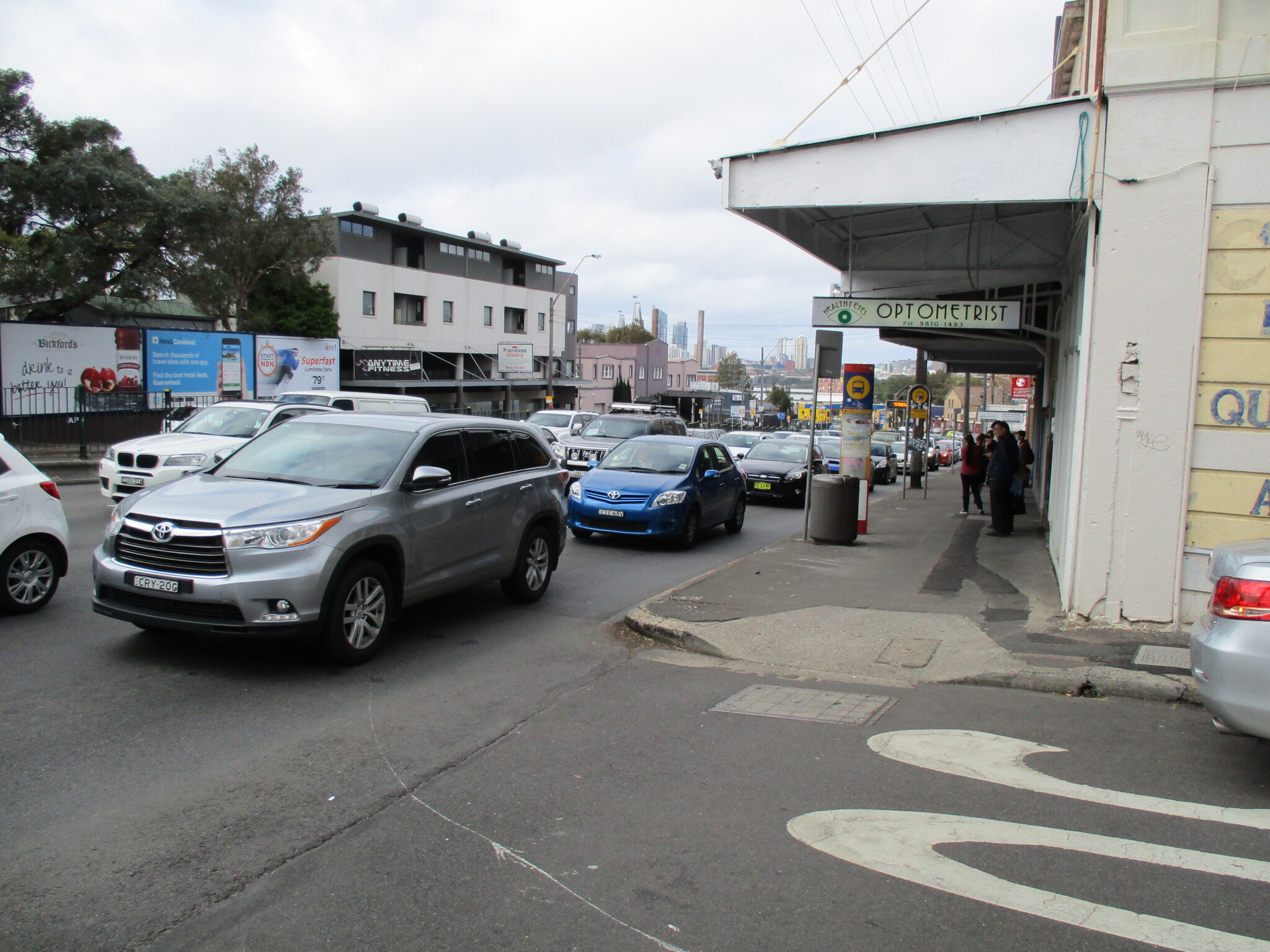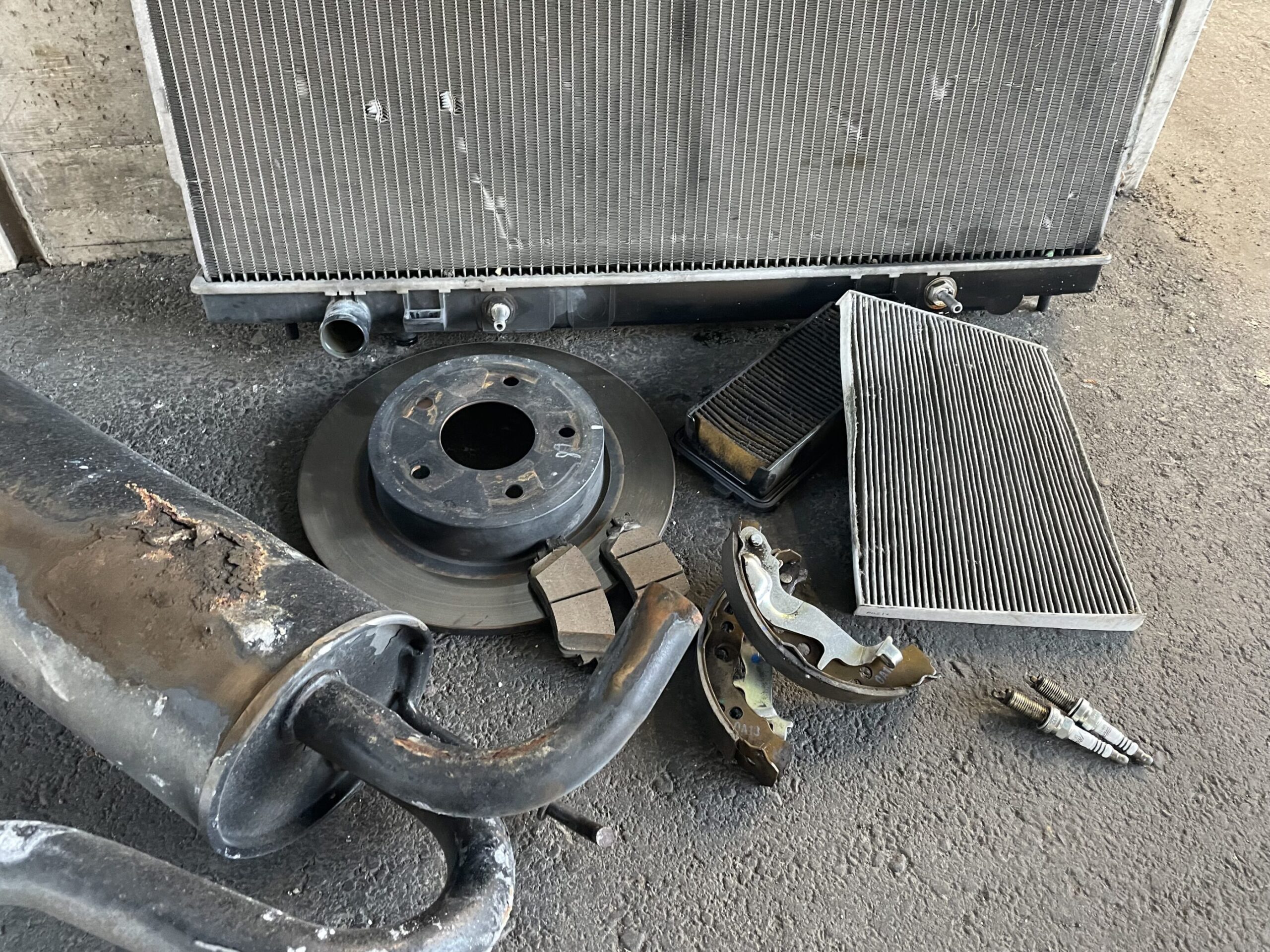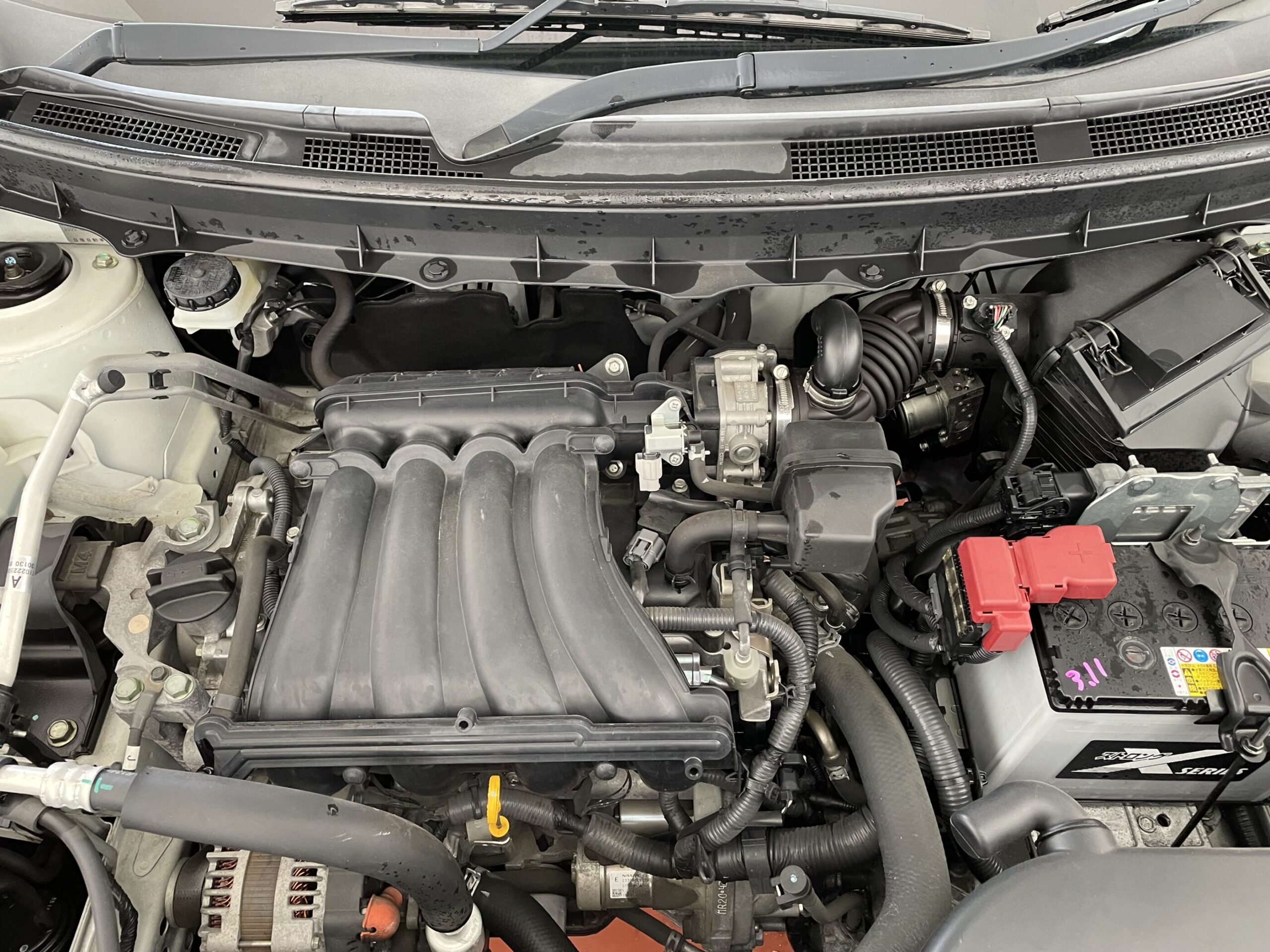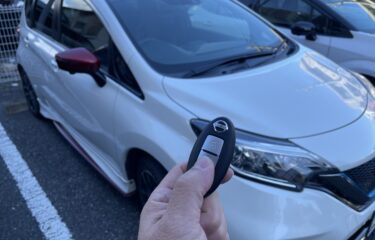- Car Maintenance
- Japanese Used Car
Essential Guide to Selecting and Maintaining Used Japanese Cars in Sydney

Buying a used Japanese car brings numerous benefits to residents in Sydney. These cars are widely recognised for their durability, reliability, and fuel efficiency, and are available at more affordable prices compared to new cars. Additionally, Japanese cars are manufactured based on advanced technology and meticulous engineering, offering stable performance over a long period. However, there are important considerations when choosing a used car, especially in terms of past accident history, maintenance records, and current vehicle condition. These details are crucial for understanding the car’s present state and future maintenance costs.
When buying a used car, it’s particularly important to understand the condition of regularly replaced parts. These include tyres, brake pads, oil filters, and air filters, which play significant roles in maintaining the safety and performance of the car. The state of these parts indicates how the car has been maintained. For example, worn brake pads or old tyres could increase safety risks. Therefore, checking the condition of these parts before purchasing is essential for a wise used car investment.
Understanding Regularly Replaced Parts
What Are Regularly Replaced Parts?

Regularly replaced parts
Regularly replaced parts refer to components of a car that need to be replaced at set intervals or after a certain number of miles to maintain the vehicle’s performance and safety. They are often referred to as “wear and tear parts” or “consumable parts. These parts typically undergo natural wear and tear due to regular use, making their regular replacement essential. Main regularly replaced parts include:
Tyres: Crucial for vehicle safety and handling.
Brake Pads: Worn brake pads reduce braking efficiency and safety.
Oil Filters and Engine Oil: Necessary for preventing engine wear and ensuring efficient operation.
Air Filters: Essential for maintaining engine efficiency and performance.
The timing and frequency of replacing these parts vary based on the car’s type and model. Therefore, following the car’s manual or manufacturer’s guidelines for proper maintenance is important.
Why Regular Replacement is Necessary
Replacing regularly replaced parts is crucial for safely and efficiently operating a car. Neglecting maintenance of these parts can lead to high repair costs in the future. Checking the condition of these parts when buying a used car is key to ensuring a safe and economical operation of the vehicle.
Used Car Purchase Checklist
Engine and Transmission

NISSAN X-TRAIL Engine compartment

NISSAN NOTE e-Power Hybrid Engine compartment
The engine and transmission are crucial for the car’s performance. When choosing a used car, it’s important to ensure the engine starts smoothly without abnormal vibrations or noises. For automatic transmissions, check if gear changes are smooth without delays. For manual transmissions, check the clutch operation and ensure gears do not slip.
Brake Pads and Discs
The brake system is directly linked to vehicle safety and requires careful inspection. During a test drive, assess the brake response and check for any noises or vibrations. If the car pulls to one side when braking, it may indicate an issue with the brake system.
Tyres and Suspension
Check the depth of the tyre treads and ensure wear is even. Uneven wear could suggest problems with the suspension or wheel alignment.
Battery and Electrical System
The battery’s life span is typically 3-5 years. Check for corrosion on the battery terminals and assess its condition. Also, test the electrical systems in the car, including headlights, turn signals, dashboard warning lights, air conditioning, and audio systems.
The condition of these parts reflects the car’s previous use and maintenance, providing crucial insights into the overall quality of the vehicle. At Roundabout Australia, we handle a large number of used Japanese cars, ensuring each vehicle undergoes certified maintenance, inspection, and checks on the previous owner’s maintenance status. Proper checks make purchasing a used Japanese car from Roundabout Australia a highly satisfactory experience for Sydney residents.
Cost and Lifespan Balance
Cost-Efficiency of Part Replacement
Understanding the cost-efficiency of part replacement is important for minimising the ownership costs of a used car. When choosing a used Japanese car, consider the future costs of part replacement and maintenance. Generally, Japanese cars have high availability of parts and reasonably priced replacements, though some models may require expensive parts or specialised maintenance. The cost of frequently replaced consumables, such as tyres and brake pads, is also important, as their replacement frequency and cost impact long-term economy.
Maintenance Best Practices
Regular Maintenance Schedule
Regular maintenance is essential for prolonging the life of a used Japanese car. Maintenance schedules are typically based on the car’s type or model, mileage, and usage conditions. Common items in a typical maintenance schedule include:
– Oil and Oil Filter Change: Usually every 5,000 to 10,000 kilometers, or as recommended by the manufacturer.
– Air Filter Replacement: Generally recommended every 15,000 to 30,000 kilometers.
– Brake Check: Regular inspection of brake pads and discs for wear, replacing them as necessary.
-Tyre Rotation and Balance: Every 5,000 to 10,000 kilometers to ensure even tyre wear.
– Cooling System: Regular checks and replacement of coolant to maintain proper engine temperature.
– Battery Inspection: The typical lifespan of a car battery is 3 to 5 years. Regular checks are necessary to assess its condition.
Adhering to these guidelines helps maintain the vehicle’s performance and avoid major future repair costs.
Selecting a Reliable Mechanic
Finding a trustworthy mechanic is vital for the maintenance of a used car. A good mechanic will accurately diagnose the car’s condition and recommend appropriate maintenance or repairs. Tips for choosing a reliable mechanic include:
– Experience and Expertise: Preferably choose a mechanic with extensive experience in maintaining Japanese cars.
– Reputation: Check reviews and ratings from other customers for insights into their service quality.
– Transparency: Good mechanics clearly explain the work needed and do not recommend unnecessary repairs.
– Certification and Qualifications: Selecting certified mechanics or those with specific qualifications ensures a high standard of service. Mechanics familiar with manufacturer-specific systems or technologies are particularly suitable for addressing specific car issues.
At Roundabout Australia, we provide the best information on after-sales service. Proper maintenance and trustworthy service help maintain the car’s safety, reliability, and performance, reducing long-term operational costs.
Summary and Final Checks Before Purchase
Essential Points to Remember Before Purchasing
Before purchasing a used car, it’s important to check the following:
– Maintenance Records: Review the car’s maintenance history to ensure it has been serviced regularly.
– Vehicle Inspection: Have a professional inspect the overall condition of the car, including the engine, brakes, suspension, tyres, etc.
– Valuation of the Vehicle: Assess the car’s value and compare it with market prices, including comparisons with other used cars of the same model and online price guides.
– Legal Documentation: Ensure all related legal documents, such as the registration certificate, warranty, and vehicle inspection certificate, are in order.
– After-Sales Support: Check the availability of after-sales services and warranties. When purchasing from a reliable dealer, additional warranties and after-care services are often available.
These checks, thorough research, and consideration ensure that buying a used Japanese car in Sydney is a secure and satisfying experience. Purchasing a used car is a significant investment, and proper preparation and information gathering are key to supporting this important decision.
Popular

- Japanese Used Car
- Blog
The Pitfalls of Purchasing Imported Japanese Used Cars
27 February 2024

- Blog
Your Complete Guide to Buying a Used Car in Australia: From Pre-Purchase Inspection to Post-Purchase Maintenance
01 October 2024

- Car Functions
- Blog
Smart Key Solutions: Battery Replacement and Troubleshooting
23 March 2024

